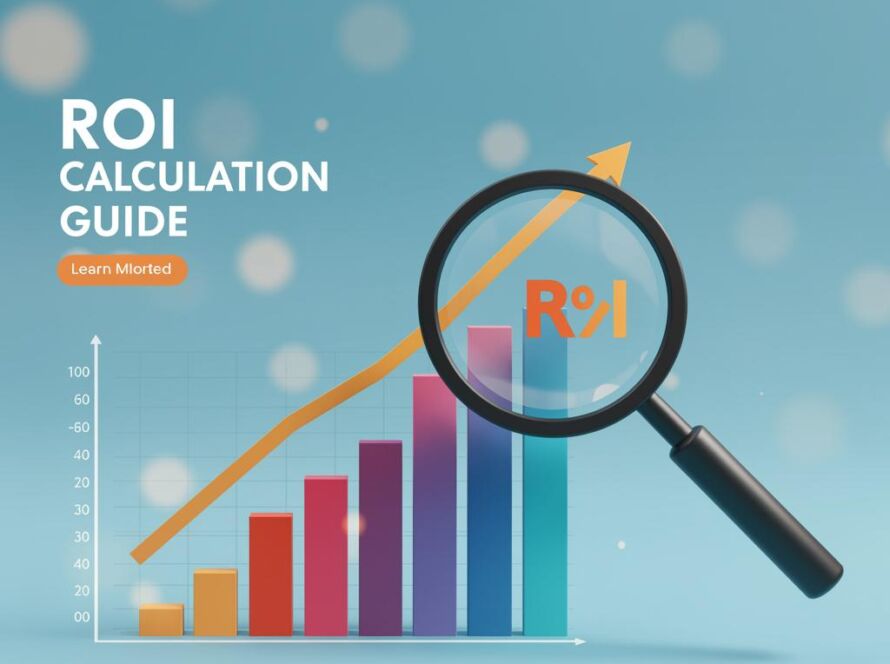Effective Listening Techniques: Improve Communication Skills
Effective Listening Techniques
In today’s fast-paced world, we’re constantly bombarded with information. It’s easy to hear what someone is saying, but truly listening is a different skill altogether. Effective listening is crucial for building strong relationships, improving communication, and achieving success in both personal and professional spheres. This post will explore proven techniques to help you become a more effective listener.
Pay Attention: More Than Just Hearing
The foundation of effective listening is paying attention. This means focusing on the speaker and their message, minimizing distractions, and actively engaging with what they’re saying.
Minimize Distractions
- Put away your phone and other devices.
- Find a quiet environment where you can focus.
- If in a group setting, try to minimize visual distractions.
Focus on the Speaker
- Make eye contact with the speaker to show you’re engaged.
- Observe their body language for non-verbal cues.
- Resist the urge to interrupt or formulate your response before they’ve finished.
Show You’re Engaged: Active Listening
Active listening involves demonstrating your engagement through both verbal and non-verbal cues. This reassures the speaker that you’re genuinely interested in what they have to say and helps build rapport.
Non-Verbal Cues
- Nodding your head to show understanding.
- Maintaining open and inviting body language.
- Mirroring the speaker’s facial expressions (subtly) to show empathy.
Verbal Affirmations
- Using short affirmations like “I see,” “Uh-huh,” or “I understand.”
- Summarizing key points to confirm your understanding (“So, what you’re saying is…”).
- Asking clarifying questions to ensure you’ve grasped the full meaning.
Understanding Beyond Words: Empathetic Listening
Empathetic listening goes beyond simply understanding the words being spoken. It involves trying to understand the speaker’s perspective, feelings, and underlying motivations.
Putting Yourself in Their Shoes
Try to see the situation from their point of view. Consider their background, experiences, and emotional state.
Acknowledging Feelings
Validate their emotions by acknowledging how they might be feeling. For example, “That sounds frustrating” or “I can understand why you’d be upset.”
Asking Clarifying Questions: Ensuring Understanding
Asking clarifying questions demonstrates your active engagement and helps ensure you’ve correctly understood the speaker’s message.
Open-Ended Questions
Use open-ended questions (questions that can’t be answered with a simple “yes” or “no”) to encourage the speaker to elaborate and provide more detail. Examples include: “Can you tell me more about that?” or “What are your thoughts on this?”
Closed-Ended Questions
Closed-ended questions can be useful for confirming specific details or clarifying ambiguous information. Examples include: “Did you say the meeting is at 2 PM?” or “Is this the final version of the report?”
Reflecting and Summarizing: Confirming Comprehension
Reflecting and summarizing are powerful techniques for confirming your understanding and ensuring you’re on the same page as the speaker.
Reflecting
Paraphrase what the speaker has said in your own words to confirm your understanding. For example, “So, if I understand correctly, you’re concerned about the project deadline.”
Summarizing
Periodically summarize key points throughout the conversation to ensure you’ve captured the main ideas.
Conclusion
Effective listening is a valuable skill that can significantly enhance your personal and professional relationships. By practicing these techniques—paying attention, showing engagement, listening empathetically, asking clarifying questions, and reflecting/summarizing—you can become a more attentive and engaged listener, fostering stronger connections and achieving better communication outcomes. Remember, listening is not just about hearing words; it’s about understanding the message and the person behind it. Commit to actively developing your listening skills, and you’ll reap the rewards in all areas of your life. Start practicing today!



